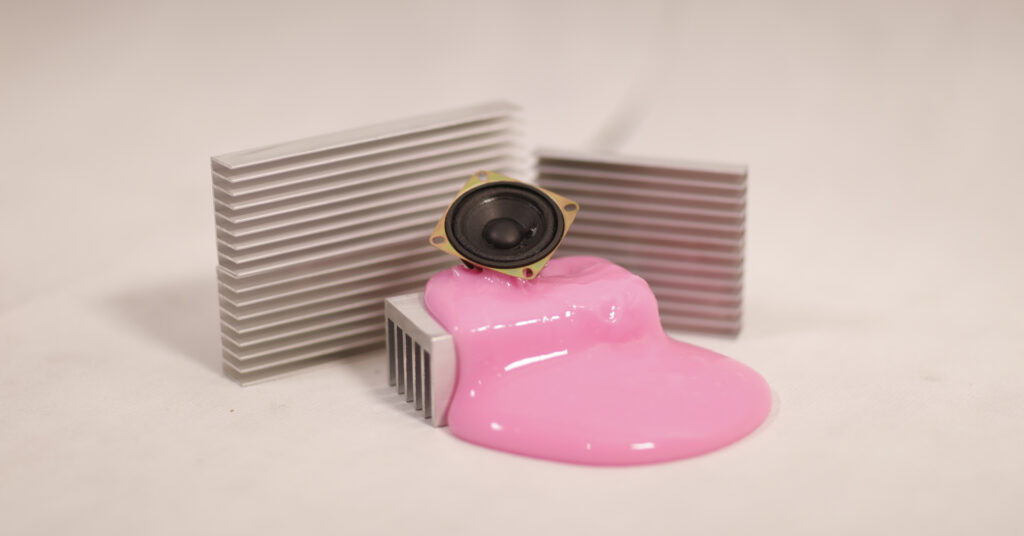MAR 3 – 5
Opening friday 3rd – 17:00-22:00
Saturday 4th – 14:00 – 19:00
Sunday 5th – 14:00 – 19:00

In 1974, five years before the Islamic revolution, a Belgian construction company built the College Bridge and six other bridges in Tehran to facilitate the mobility of sports caravans during the Asian Olympics that year. Although these bridges were built for a temporary purpose and planned to be deconstructed, College Bridge has remained untouched, with its unique location where many historical events have come to pass during these 47 years.
This work was initially created in February 2022 before the Jina revolution, for the opening show of Rabt space located in an old building beside the College Bridge. Every few years, there are talks about dismantling the bridge due to the possibility of collapse, and structure experts have suggested using a Tuned Mass damper, a device used to reinforce structures, to preserve it. So far, no such device has been mounted and only paintings have been added.
By recording vibrations from the bridge’s surface, and also the archival footage of the 1974 Asian Olympics medal ceremony of Iran’s men’s water polo team, and inspired by the mechanism of a Tunes Mass Damper, this sound installation emphasizes the significance of hearing the unheard, the sonification of decay, and the continuity of a temporal state which was meant to fall.
About the Artists:
Maryam Katan (1989) is a Berlin and Tehran based artist working with animation, film
and audio-visual installations. She received her MFA in animation directing from Tarbiat
Modares University in Tehran. In her practice, she is engaged with Displacement and
repositioning meanings in non-original discourses, searching for alternative cognitive
models. She is currently working as the experimental animation’s department editor in
Iran’s only specialized animation quarterly and also as a board member of “Animation;
Experiment” collective. Recently she is seeking animation as an approach, motion
intervention and reanimating as an act of resistance.
Shaahin Peymani is a composer and sound artist based in Tehran and Berlin. He often
uses found sounds, field recordings, and archival sounds in his works. By recomposing
concrete sounds and processed speech voices into collages, he explores the realm of
human perception and the deconstruction of language in audio culture and seeks to
redefine modes of listening by transforming sound as an indication of its source into an